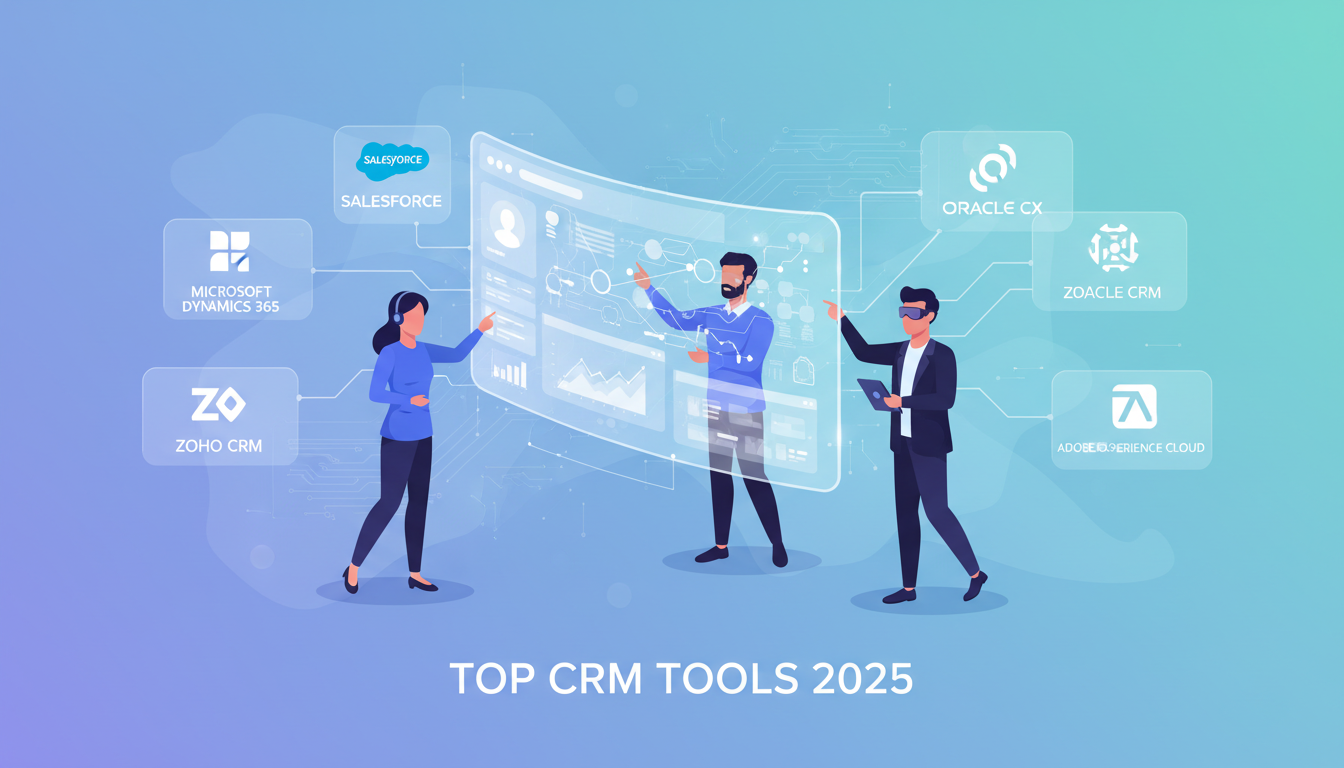In today’s fast-paced digital world, content is everywhere. People scroll through endless feeds, bombarded with videos, posts, and ads fighting for their attention. So how do you make sure your content stands out and, more importantly, keeps viewers engaged?
That’s where transitional hooks come into play.
A transitional hook is a visual, auditory, or textual cue that seamlessly connects different sections of a video, ensuring smooth storytelling and keeping the audience engaged. These hooks can take many forms animated graphics, sound effects, text overlays, quick cuts, or even suspenseful phrases all working together to prevent drop-off and increase watch time.
If you’ve ever found yourself watching a video all the way through without realizing why, chances are transitional hooks played a key role in keeping you hooked. They aren’t just about looking flashy—they serve a deeper purpose in audience psychology.
Let’s explore why they matter and how you can use them to transform your social media content into something people can’t stop watching.
Why Are Transitional Hooks Essential for Social Media Videos?

Social media is a game of retention. Platforms like TikTok, Instagram Reels, YouTube Shorts, and Facebook prioritize videos that hold viewers’ attention. The longer people watch, the more the algorithm rewards your content by pushing it to more users.
Here’s why transitional hooks are game-changers:
# Increase Viewer Retention & Watch Time
Social media platforms favor content that keeps people engaged. Videos with high retention rates are promoted more often, leading to greater reach, more visibility, and higher engagement.
# Create a Seamless Storytelling Experience
Without proper transitions, videos can feel disjointed or choppy, leading to drop-offs and disengagement. Transitional hooks create a natural flow that guides the viewer through the content effortlessly.
# Reduce Drop-Off Rates & Keep Viewers Watching
A well-placed teaser, motion effect, or cliffhanger can hold your audience’s attention, preventing them from scrolling away.
# Boost Engagement (Likes, Comments, Shares)
Engagement isn’t just about watch time, smart transitions can encourage viewers to interact with your content. A quick visual change, a compelling caption, or a sound cue can subtly push users toward liking, commenting and sharing.
# Enhance Professionalism & Brand Perception
Polished transitions give videos a high-quality feel, making brands, influencers, and businesses appear more credible and authoritative in their industry.
How to Use Transitional Hooks in Social Media Videos
![]()
Now that we know why they matter, let’s break down six powerful ways to use transitional hooks effectively in your videos.
1. Use Engaging Visual Transitions
Dynamic visuals help keep your audience’s eyes glued to the screen. Smooth cuts, zoom-ins, wipes, and other effects make content feel more immersive.
Example: An influencer marketing agency like Edvido could use quick cuts to transition between different testimonials, showcasing success stories in an engaging way.
Tip: Experiment with jump cuts, fade-ins, and animated overlays to keep the video moving smoothly.
Get Inspired: Check out Transitional Hooks for creative transition ideas.
2. Add Sound Effects & Audio Cues
Sound isn’t just background noise, it’s a powerful engagement tool. Using swooshes, beeps, cinematic hits, and dramatic pauses can make a video feel more dynamic and immersive.
Example: A video production agency on Edvido might use sound effects to enhance behind-the-scenes clips, making the storytelling more exciting.
Tip: Platforms like TikTok and Instagram Reels rely heavily on trending sounds—leveraging the right audio cues can increase your chances of going viral.
Explore More: Visit The Transitional Hooks for engaging sound transition ideas.
3. Leverage Captions & Text-Based Hooks
Since 85% of social media users watch videos without sound, adding captions, subtitles, and on-screen text is crucial.
Example: A brand working with Social Media Agencies on Edvido might use captions like:
"But here’s where it gets interesting..."
"Wait for it… this is the game-changer!"
"You won’t believe what happens next!"
Tip: These phrases act as psychological triggers, sparking curiosity and keeping viewers engaged.
Stay Updated on Trends: Check out BuzzSumo for the latest high-performing captions.
4. Use Conversational Phrasing & Open Loops
A strong verbal hook keeps viewers invested. Using suspenseful phrases can create a sense of curiosity, encouraging them to stick around until the end.
Example: An Influencer Marketing Agency on Edvido could use open loops in case studies, setting up a story with a teaser like:
“This influencer was struggling to grow until they tried THIS… Keep watching to find out how it changed everything.”
Get Storytelling Insights: Learn more at StoryBlocks.
5. Add Motion Graphics & Animations
Subtle motion effects, logo animations, and kinetic text make videos more visually engaging and add a professional touch.
Example: A Video Production Agency on Edvido might use motion graphics to transition from raw footage to the final polished product, making the transformation captivating.
Find High-Quality Motion Templates: Browse Motion Array.
6. Tap Into Trending Video Transitions
Social media trends evolve quickly. Staying ahead of popular editing styles, transitions, and effects can help your videos feel fresh and more likely to go viral.
Example: A brand working with Social Media Agencies on Edvido might experiment with:
-
Glitch effects
-
Split screens
-
Fast zoom-ins
-
Speed ramps
Try These Editing Tools: CapCut is a go-to platform for viral video effects.
Why Work with Edvido?

Want to take your video content to the next level? Edvido connects you with top-tier Social Media Agencies, Video Production Agencies, and Influencer Marketing Agencies that specialize in creating high-quality, attention-grabbing content.
-
Vetted Experts: Work with trusted professionals in video production and marketing.
-
Tailored Strategies: Get video strategies customized to your brand’s needs.
-
Data-Driven Insights: Use analytics to optimize engagement and maximize reach.
In today’s social media landscape, transitional hooks are the secret to keeping your audience hooked. Whether through visual, auditory, or text-based elements, the right transitions can increase watch time, improve storytelling, and boost engagement.
Ready to create videos that captivate and convert? Let Edvido’s expert agencies help you craft high-quality, engaging content that delivers real results.
Start creating viral-worthy videos today!















